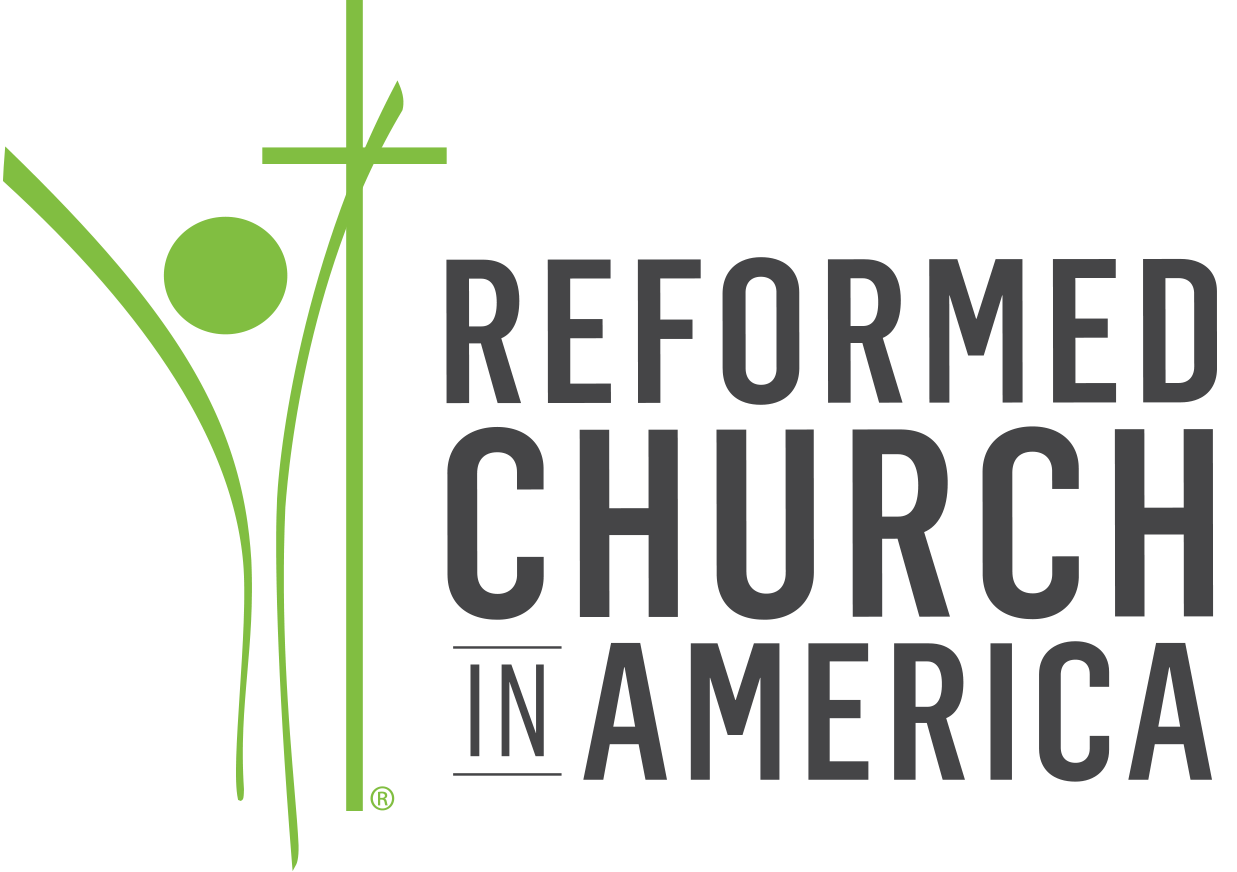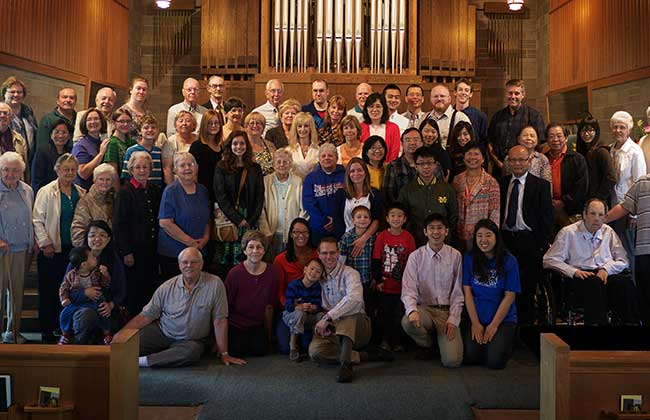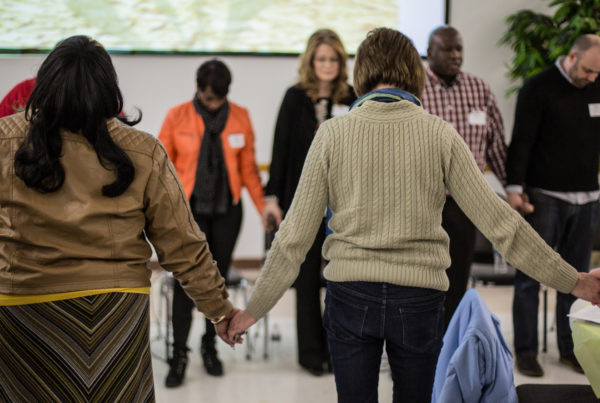After more than 120 years of ministry, Brighton Reformed Church stopped to ask, “Why does our church exist?” The answer took them in an unexpected direction.
In 2013, Brighton Reformed Church in Rochester, New York, was a growing congregation. In the three years since Dave Ryder had become their pastor, the congregation had grown from 60 to 80 worshipers, renewed its focus on meaningful worship, and launched new programs.
But though Brighton was growing, the congregation wasn’t financially sustainable. Maintaining their historic building was a huge drain. The congregation was concerned primarily with survival until Brighton’s consistory shifted its focus.
“[The] consistory said, ‘Let’s stop talking about the finances; the problem is, “How can we be more fruitful?” Let’s focus on that instead of survival—focus on the purpose of the church, and our church in particular,’” Ryder recalls.
So the congregation posed the question, “Why does our church exist?”
By the beginning of 2014, Brighton had articulated its answer: “The church exists to glorify God in the city of Rochester.”
But Brighton realized that it wasn’t reaching Rochester. Although the building was located in the city, it was not a neighborhood church. In fact, Ryder says, “When I introduced myself to the neighbors and said I was the pastor at Brighton, some people said, ‘Oh, I thought that church had closed.’”
For the next few months, Ryder and the consistory led Brighton in discerning how best to glorify God in Rochester. After they explored several options, it became clear that Brighton needed to sell its building.
“We spent so much of our resources doing maintenance that we didn’t have any to do ministry,” Ryder says. “We asked, ‘How many hours and dollars and energy has this congregation spent on building maintenance? And how many hours and dollars and energy on outreach? If the first outweighs the second, we have a problem.’” Ryder laughs with dismay: “It dwarfed it.”
In June 2014, the consistory voted to sell the building. Brighton had decided what to do with the building; now they had to decide what to do with themselves.
One possibility was to worship in a rented space. But the leaders of the church realized that, in Ryder’s words, “moving as a unified whole to another building was going to leave a lot of people without a home,” as often happens during major congregational transitions.
Instead, Brighton began to imagine a dual future, hoping that the two possibilities would allow more people to find a church home. Brighton would merge with Trinity Reformed Church, located in a suburb of Rochester, and those who felt called to urban ministry would plant a church in downtown Rochester.
For months, the congregation wrestled with this vision. These were months of what Ryder calls “heart work”—prayer, hard discussion, deliberation. The turning point came when an older deacon named Evelyn spoke up.
“She said, ‘I will not be a part of this church plant—I won’t be effective there—but I will support it in any way I can,’” says Ryder. “It diffused the notion of two different groups feeling rivalry.”
The months-long heart work meant that the congregation had come to a consensus even before the consistory voted in October 2014 to pursue merging with Trinity. Once the congregations merged, all of Brighton’s members became members at Trinity.
Trinity both welcomed Brighton’s members and supports the new church plant, called Flour City Church. For the time being, Ryder and a core planting group are establishing relationships with people who are not committed Christians, engaging them in social settings without an explicitly spiritual focus. Later in the year, the group hopes to launch a Bible study aimed at people of varying degrees of faith who are not attending a church, with the intention of offering answers: “Not to what I think they oughta know,” says Ryder, “but what they’re asking.”
Ryder admits it was “a long, hard, and difficult year, but we ended up feeling that we came out in the right place.”
Brighton’s decision to sell its building, merge with Trinity, and plant a downtown church “preserves the community and history of BRC in Trinity,” says Ryder, “and frees resources to provide a presence in Rochester.”
Praise God for the courage and creativity of Brighton Reformed as two churches merge and another comes to life.
Support the work of church plants. Visit www.rca.org/givetoplant to donate.
Learn more about church planting in your area. Email multiplication@rca.org.





